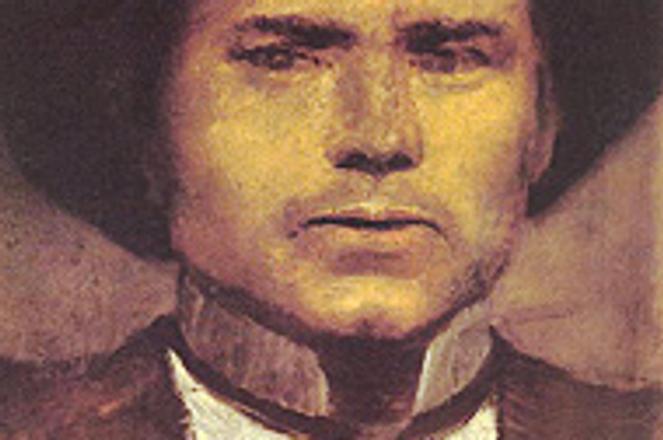MEDNYÁNSZKY's Study of a Head.photo: Courtesy of Fine Arts in Hungary
THE VILLAGE of Strážky, located near the eastern Slovak town of Kežmarok, came into the possession of the Horvath-Stansith family in 1556. Three decades later, Gregor Horvath-Stansith built a renaissance chateau there. Today the chateau is home to an exposition of the works of its one-time resident, artist Ladislav Mednyánszky.
The chateau has a long history. From 1584 Strážky Chateau housed the Latin Academy of Humanities, a university-level school for the children of Spiš nobles with a rich library. Two centuries later, the chateau came into the possession of the Szirmay family, and then the Mednyánszky and Czóbel families. The latter owned it until the last heiress of the family, Margita Czóbel, died in 1972.
Margita was the niece of Ladislav Mednyánszky, one of the most renowned central European painters living at the end of the 19th and beginning of the 20th centuries.
A student of the Munich Academy, Germany, and the École des Beaux Arts, Paris, Mednyánszky was born in 1852, in the western Slovak town of Beckov. The family often visited his mother's highly educated and well-travelled father, Baltazár Szirmay, in Strážky Chateau, and after his death they moved there. The strong personality of his grandfather and the picturesque surroundings of the place influenced Mednyánszky, who despite living in several other places - mainly Beckov, Budapest, Vienna and Paris - would often come to work there.
The Strážky Chateau, which has been administered by the Slovak National Gallery (SNG) since 1972, today houses the painter's large collection, as well as other artistic and historical expositions.
Thanks to the painter's niece, who managed the family's heritage, the SNG acquired around one hundred works by the artist and first exhibited them in 1991. Nine years later, the SNG enlarged the Mednyánszky exposition by buying more of his works - 64 paintings and 17 drawings.
"Our aim is to present the Strážky Chateau, which is connected with the life and work of the most significant local artist living at the turn of the century, Ladislav Mednyánszky, in the most authentic way," states the SNG's report.
Apart from Mednyánszky's works, which document different stages of the painter's development, the chateau's interior features other artefacts collected by the noble families that lived there. There are pieces of original furnishing from the 18th and 19th centuries, porcelain tea and coffee sets, and a large gallery of portraits.
Kaštieľ Strážky is open to the public during the summer from 9:00 to 19:00. Admission is Sk0-50. For more information contact the Strážky Museum at 052/4581-312 or visit www.sng.sk.


